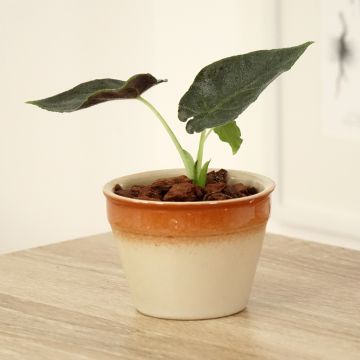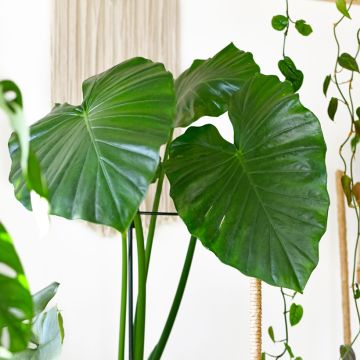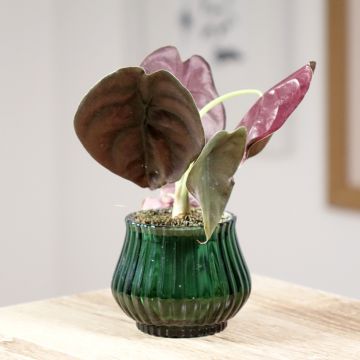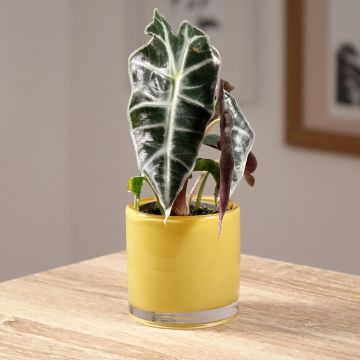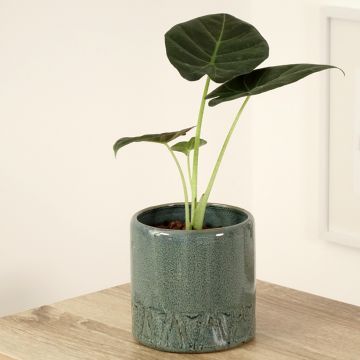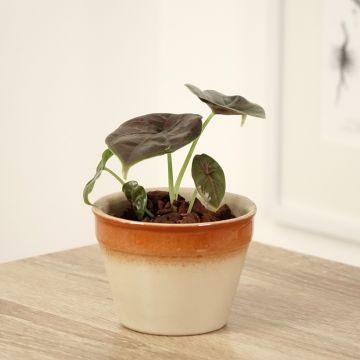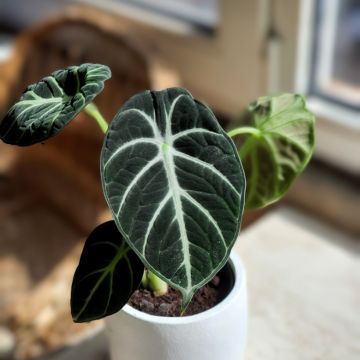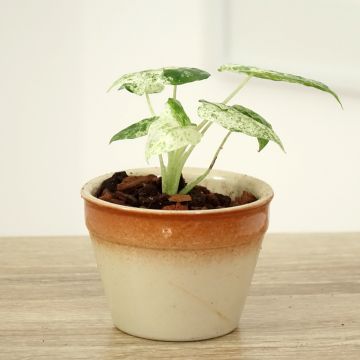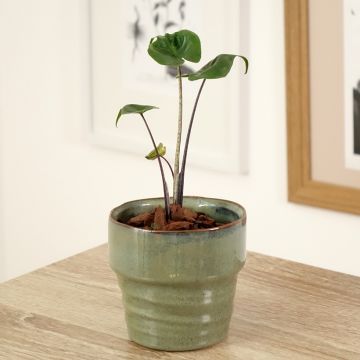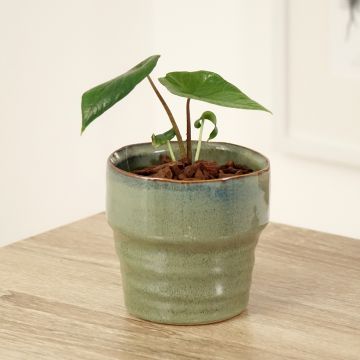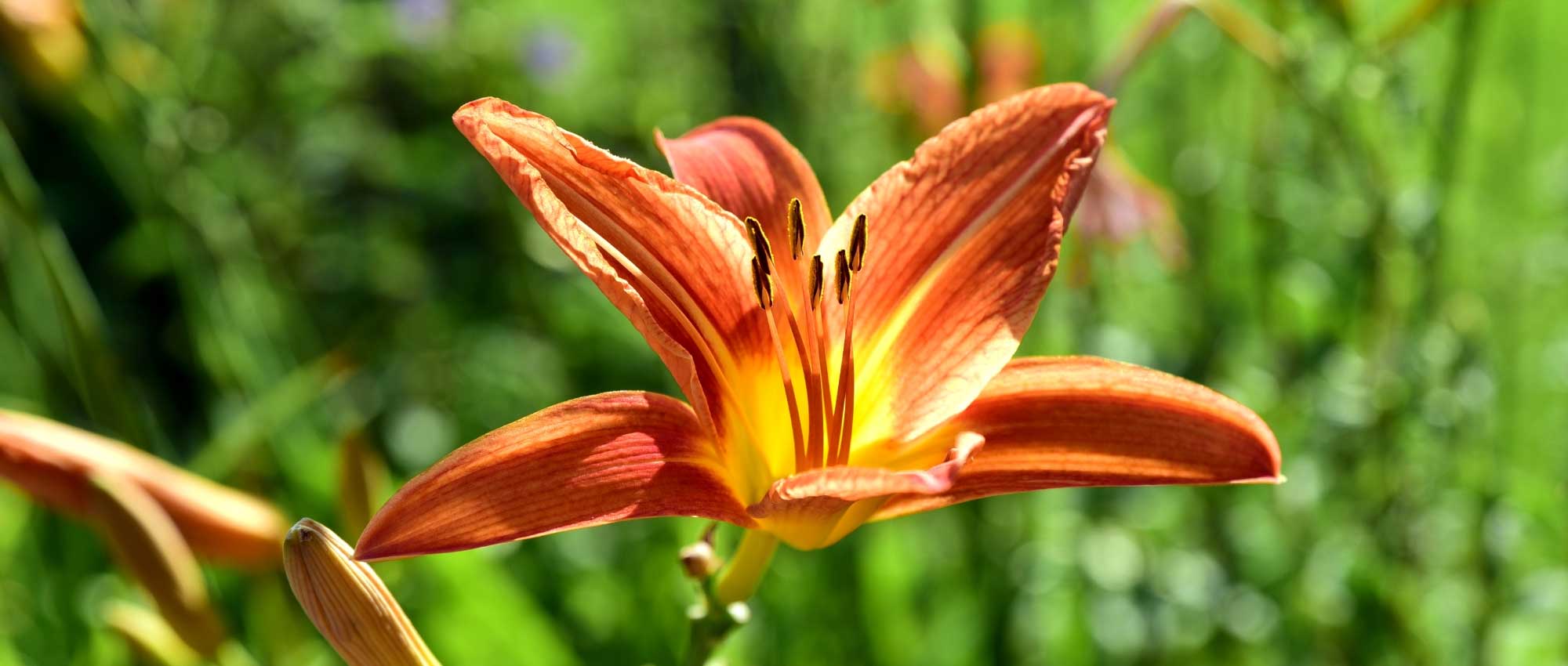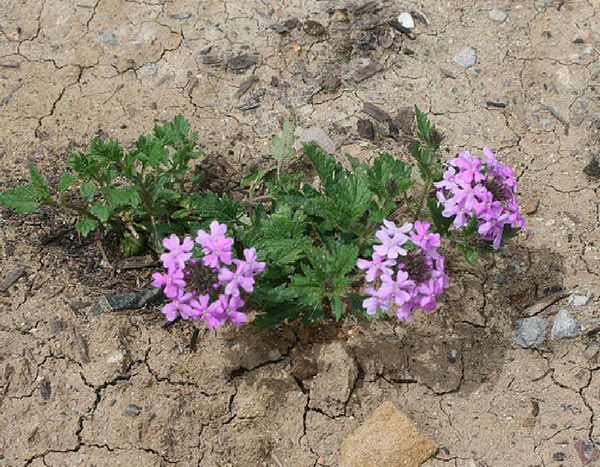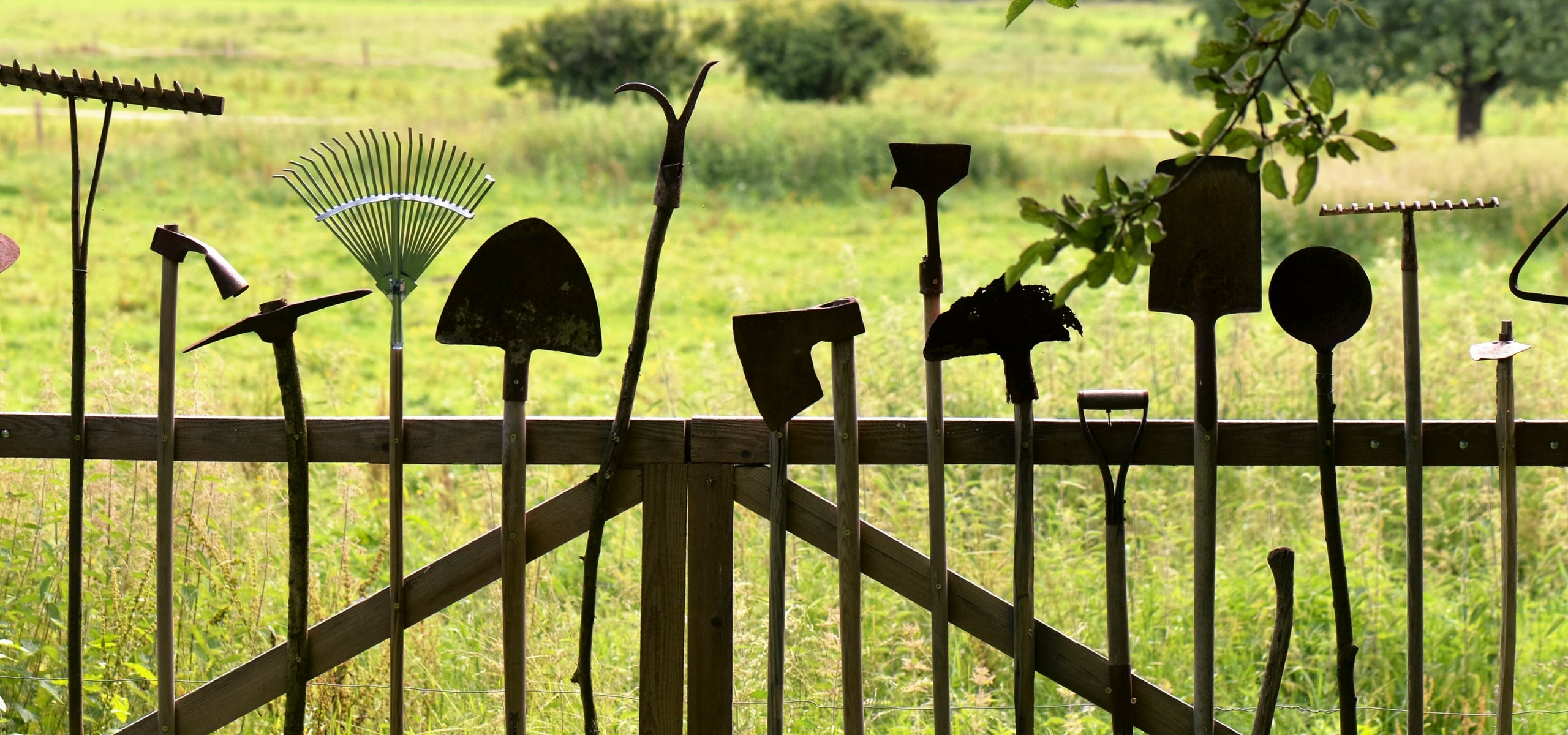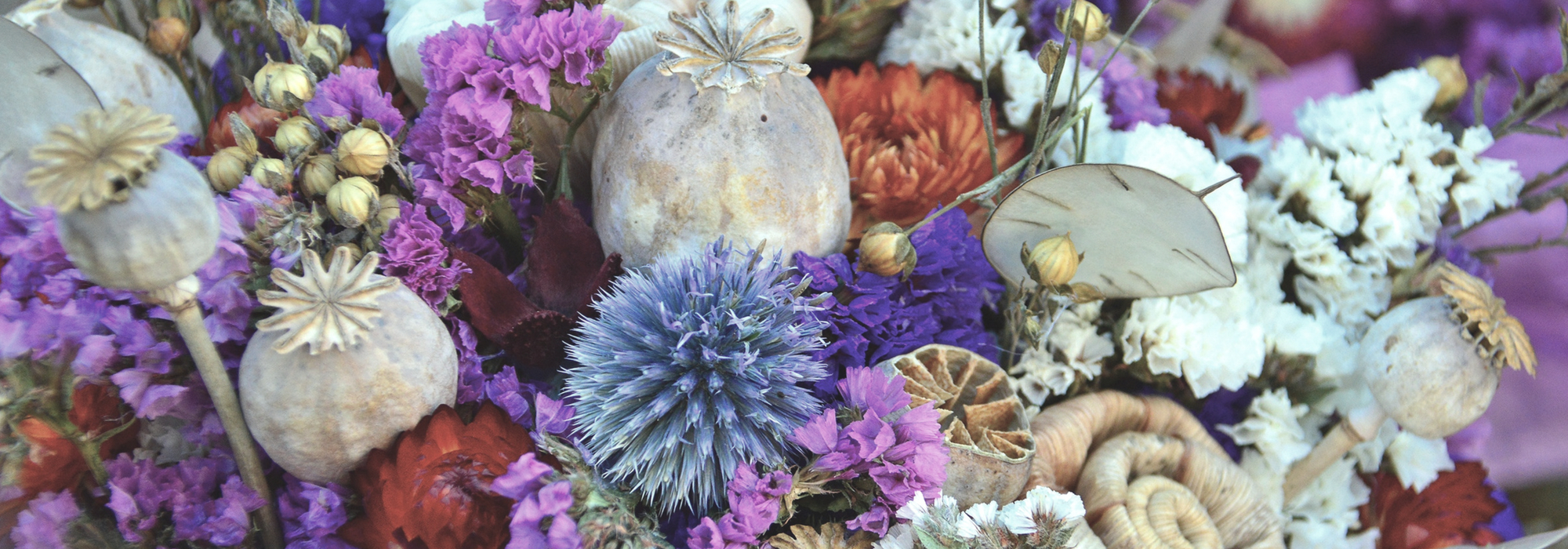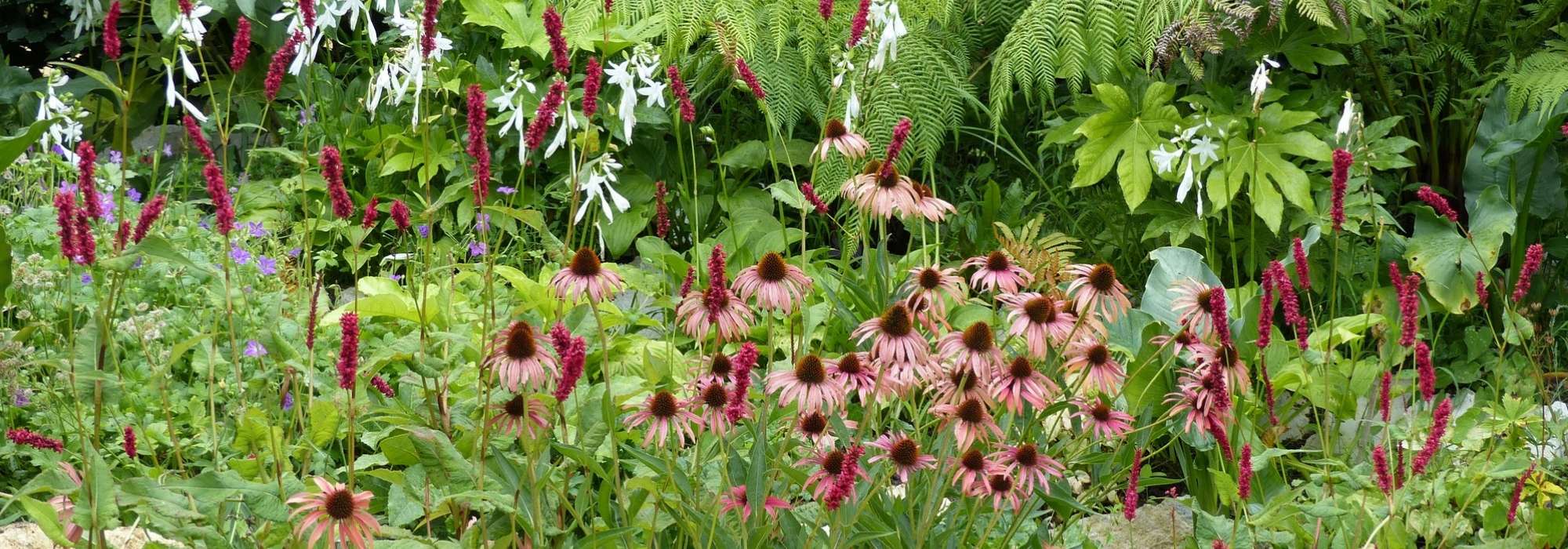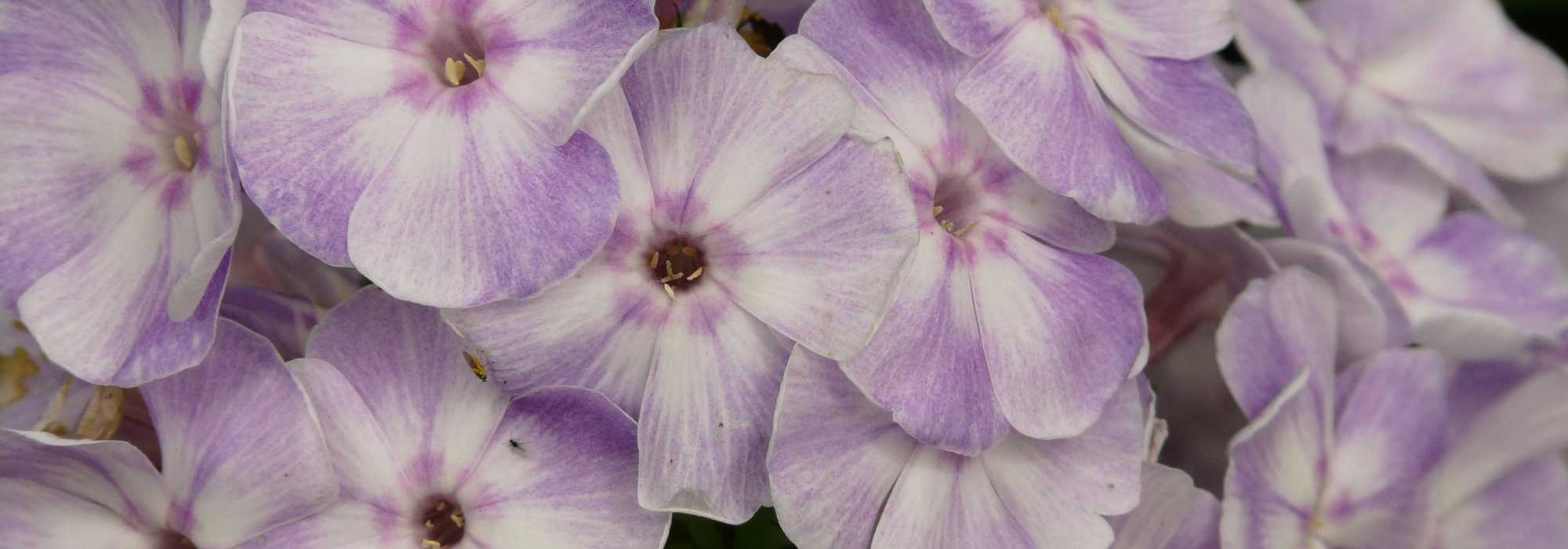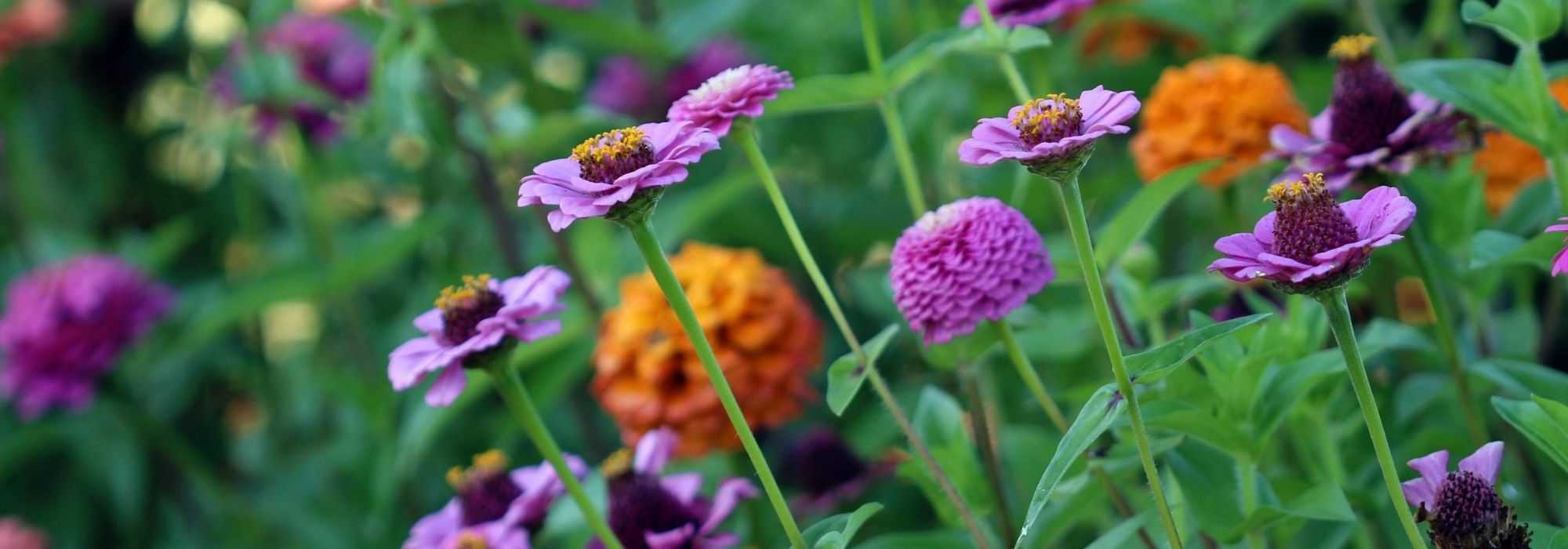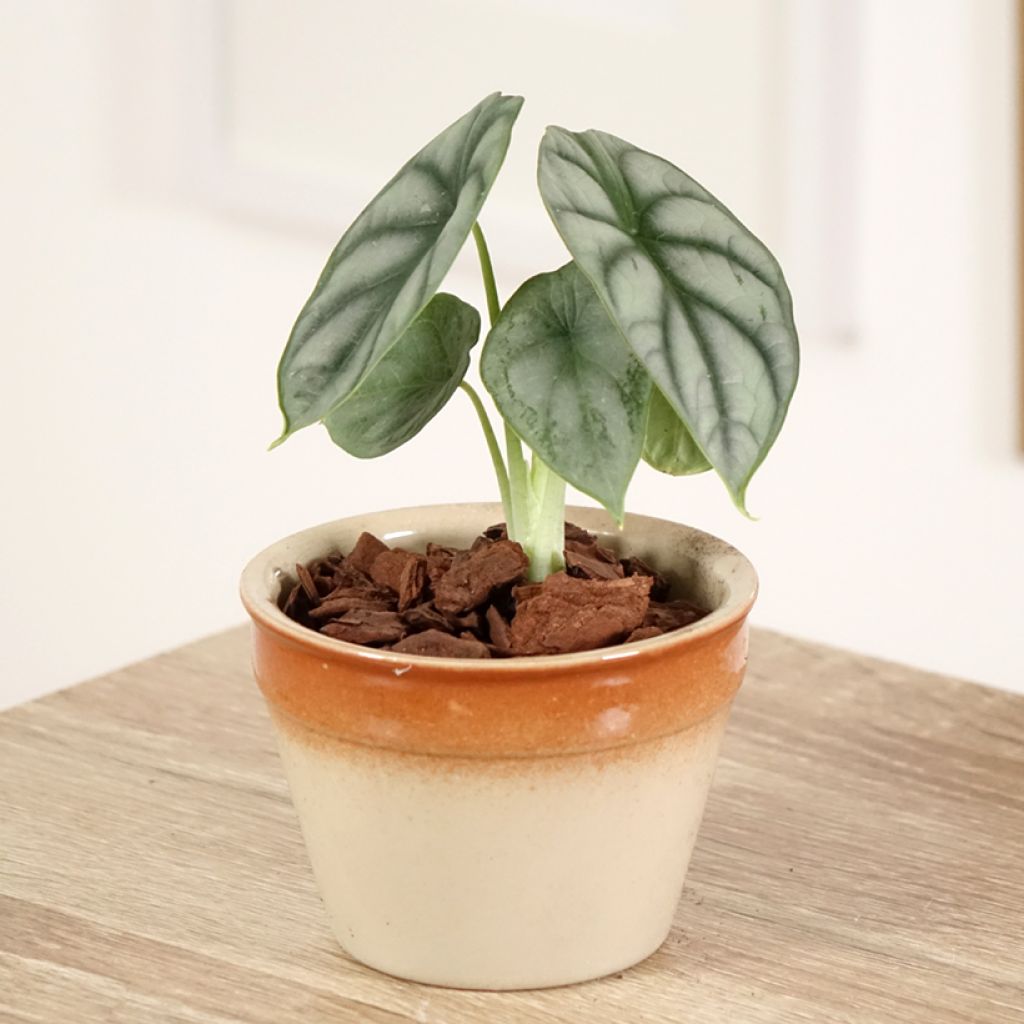

Alocasia Silver Dragon - Elephant ear
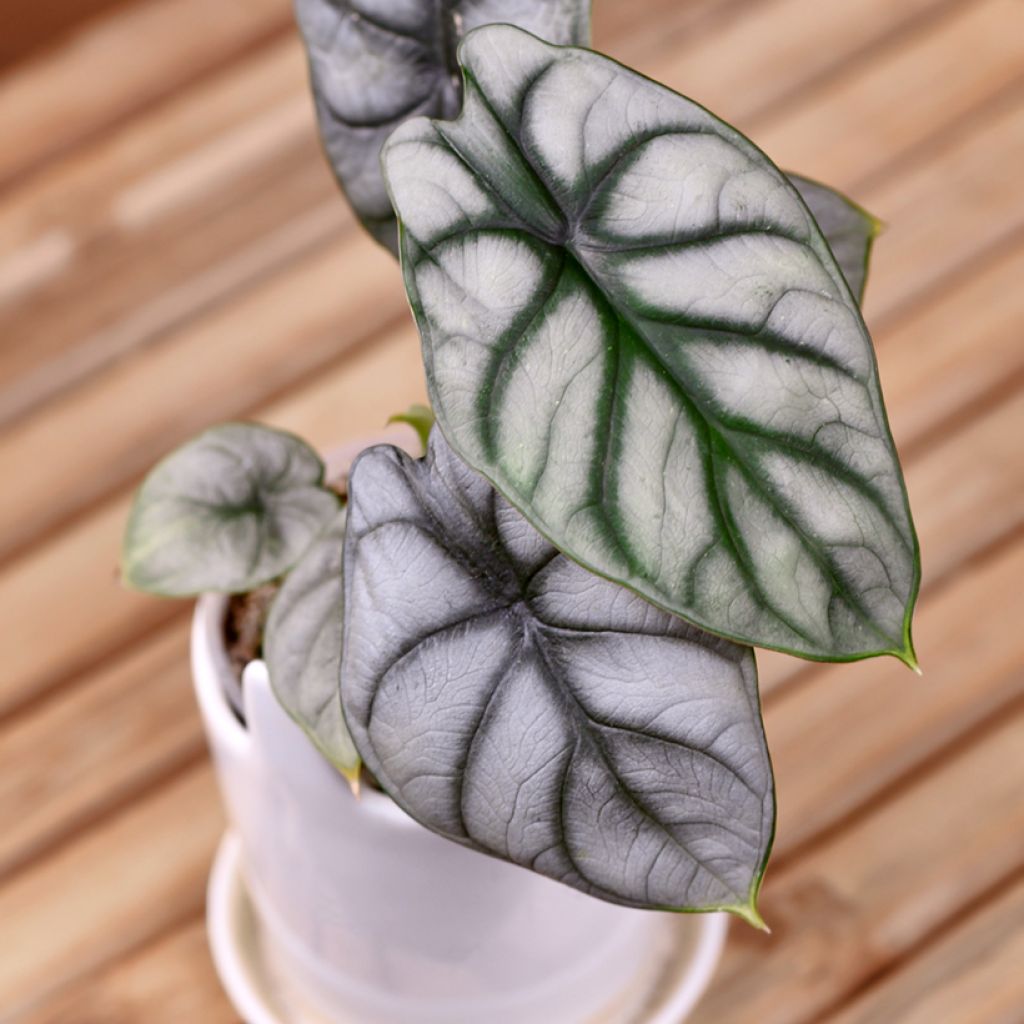

Alocasia Silver Dragon - Elephant ear
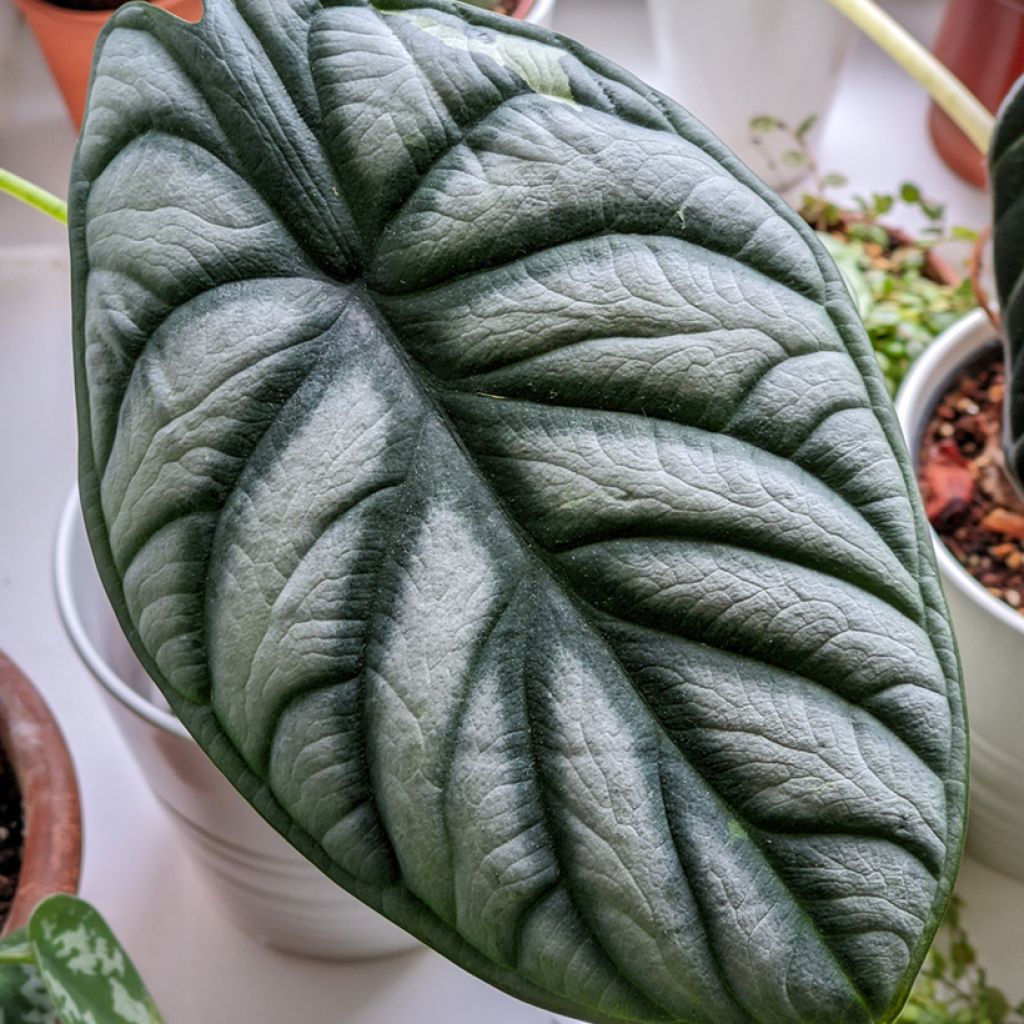

Alocasia Silver Dragon - Elephant ear
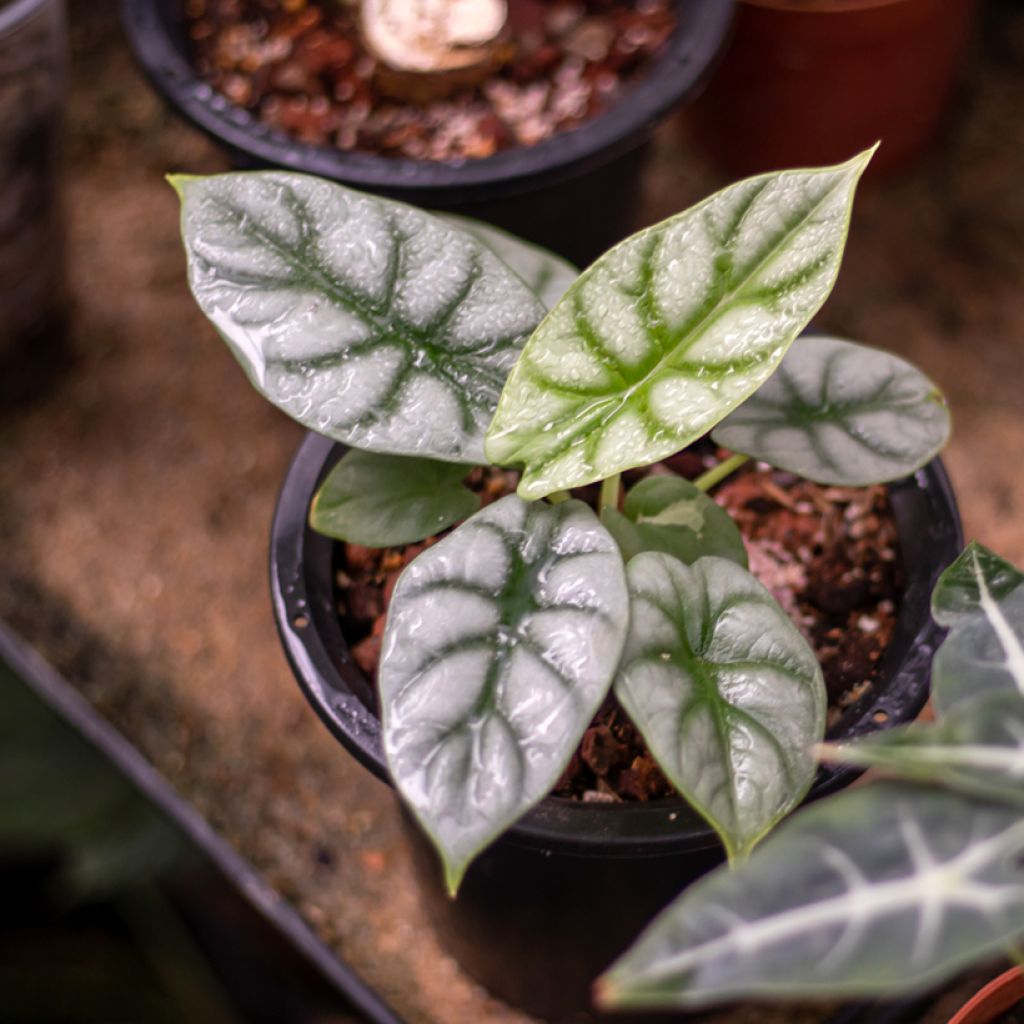

Alocasia Silver Dragon - Elephant ear
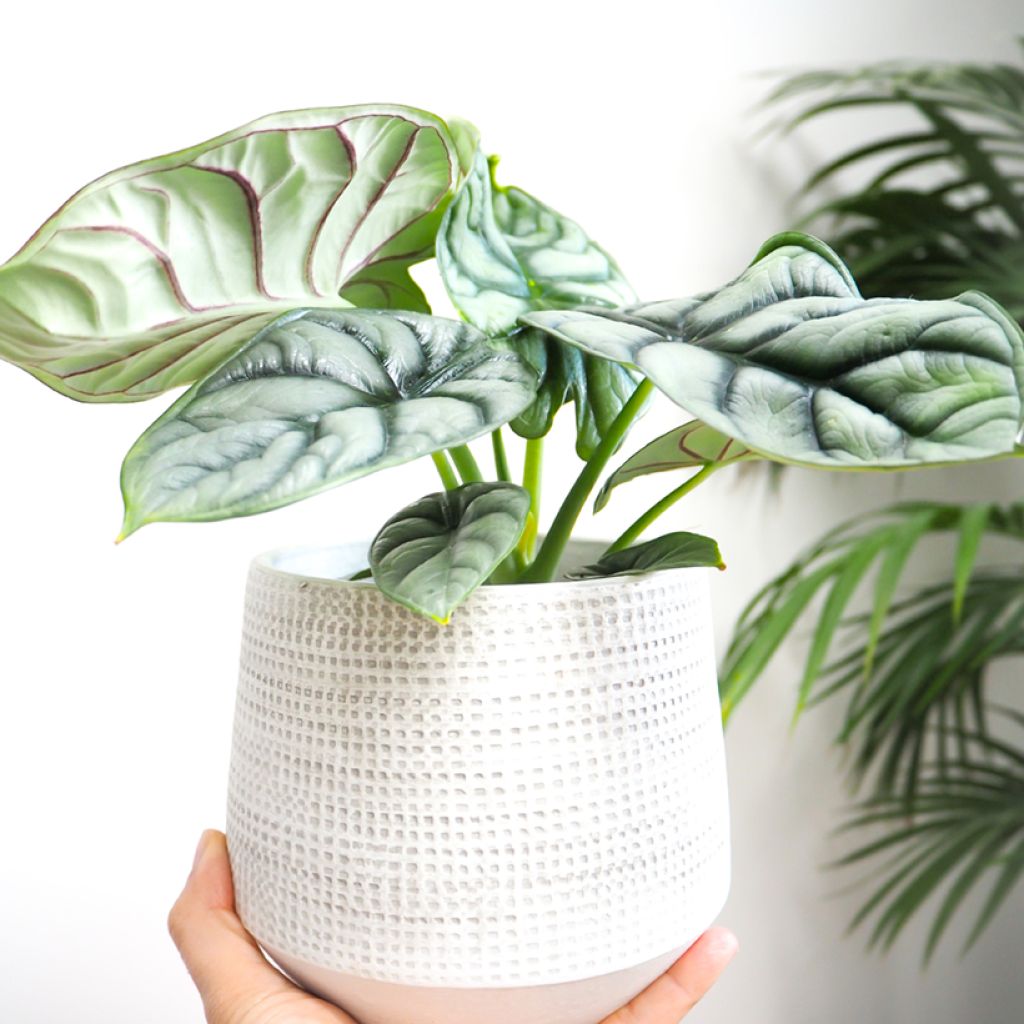

Alocasia Silver Dragon - Elephant ear
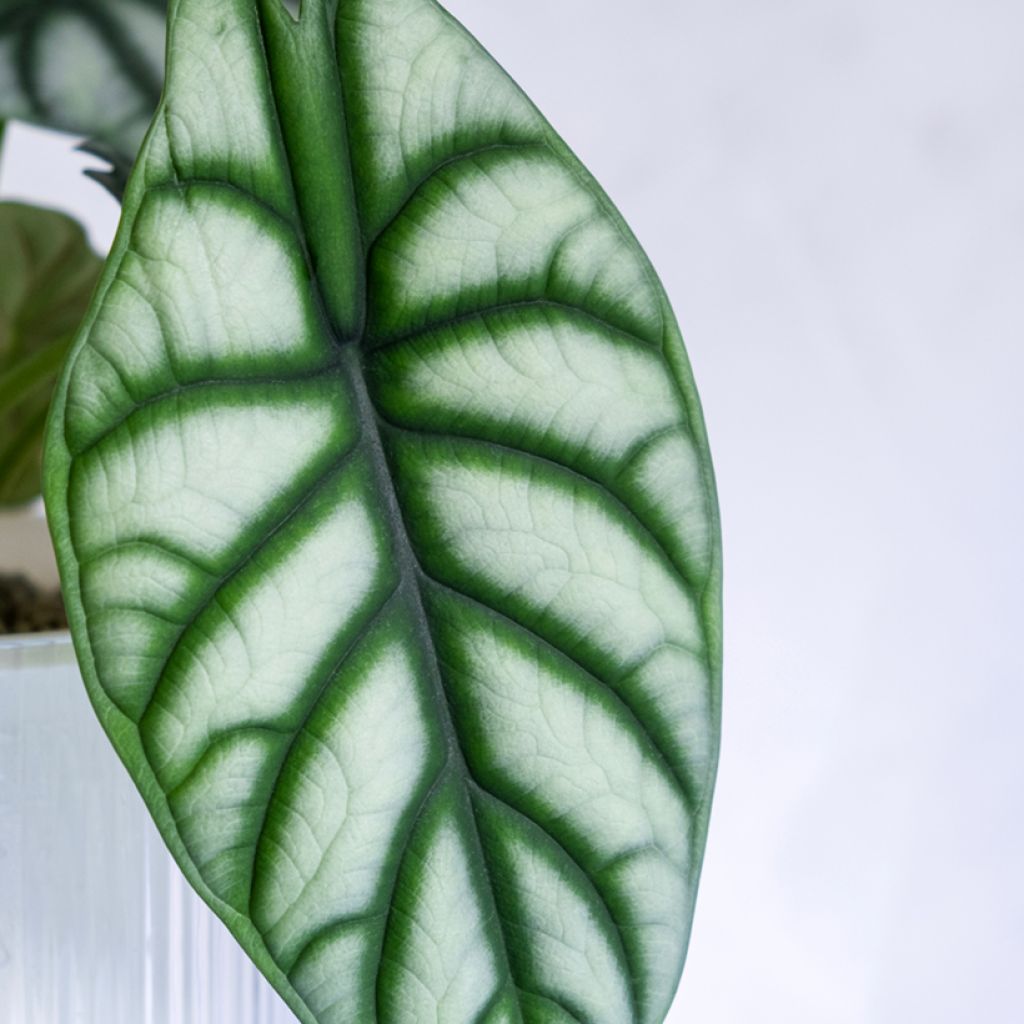

Alocasia Silver Dragon - Elephant ear
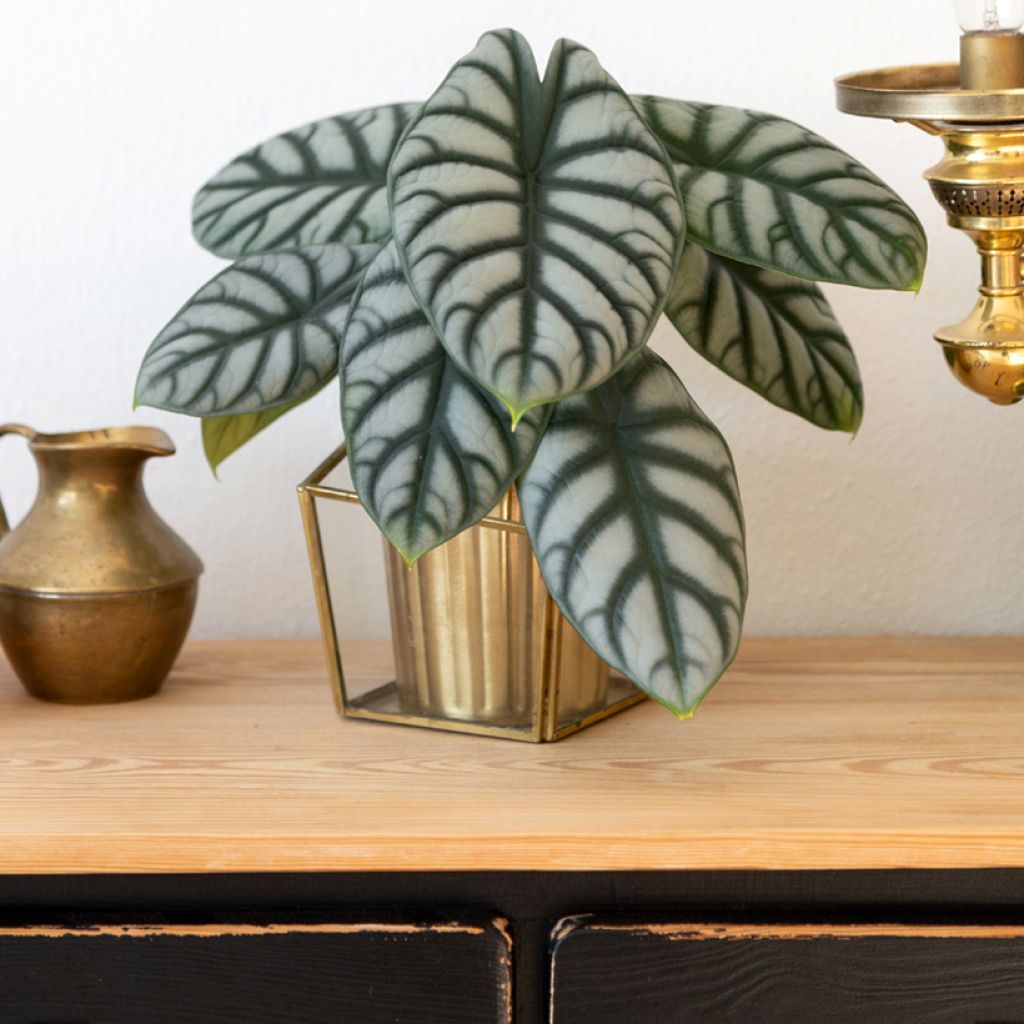

Alocasia Silver Dragon - Elephant ear
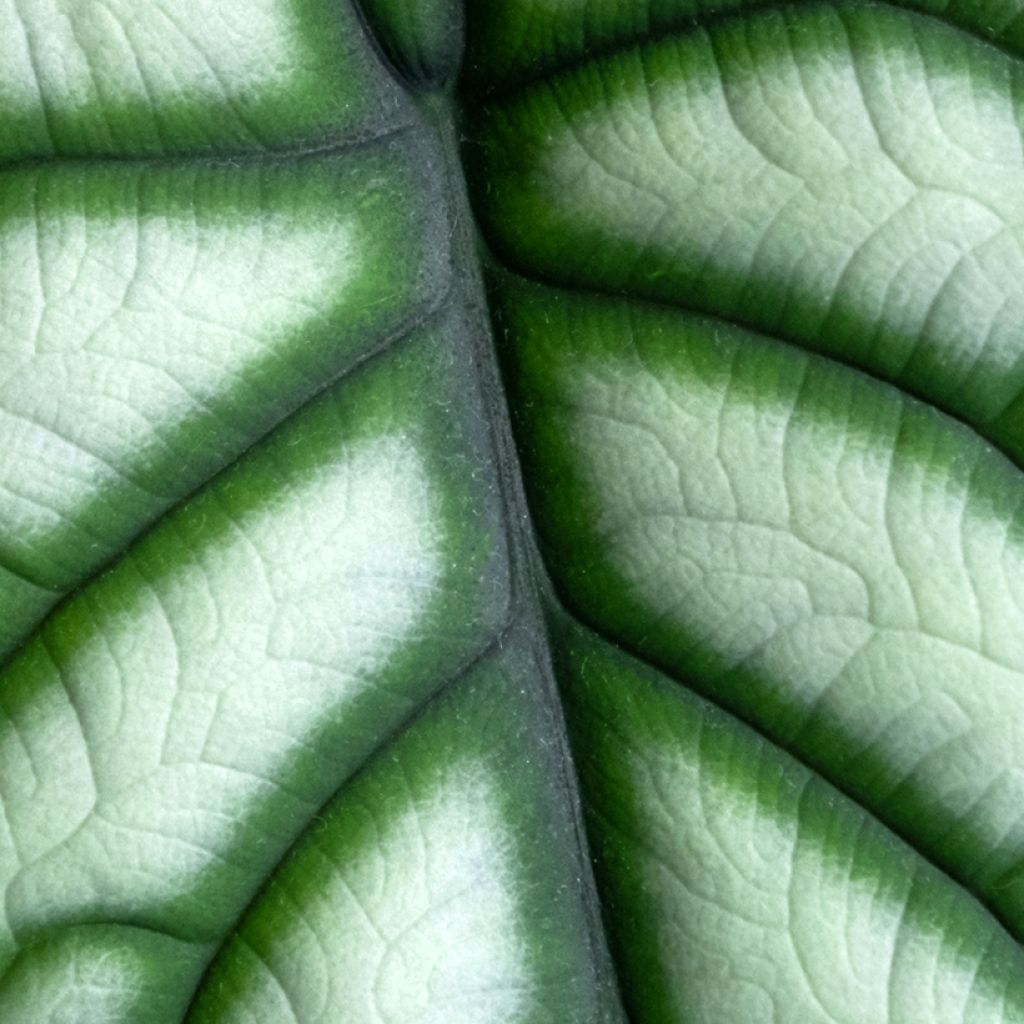

Alocasia Silver Dragon - Elephant ear
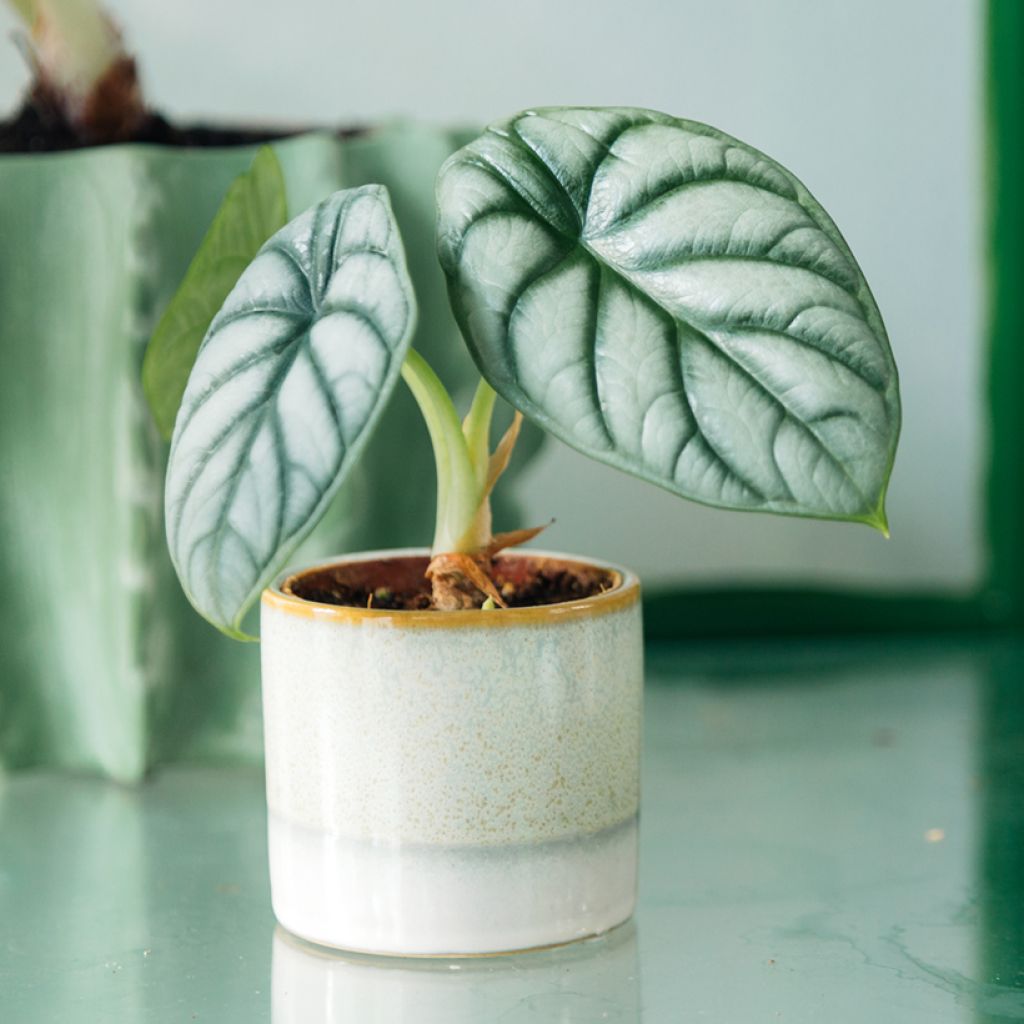

Alocasia Silver Dragon - Elephant ear
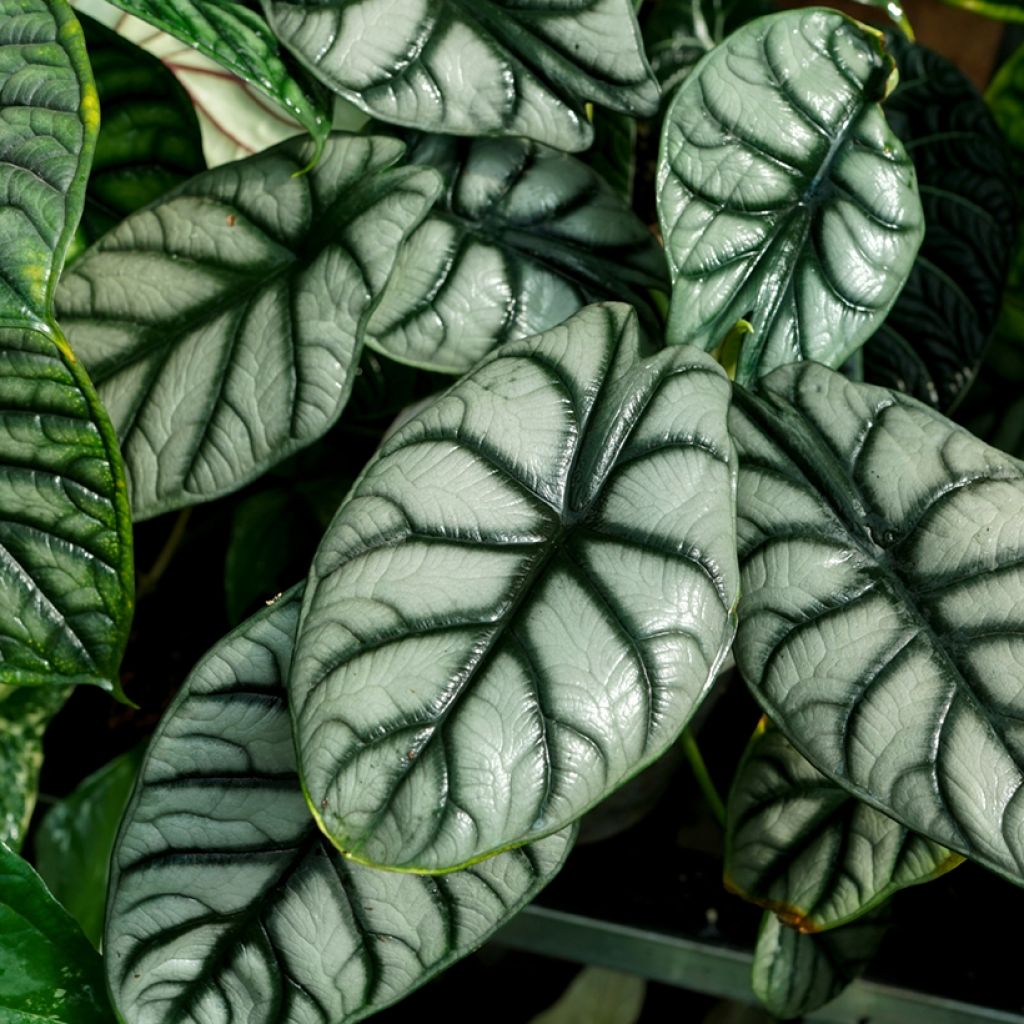

Alocasia Silver Dragon - Elephant ear
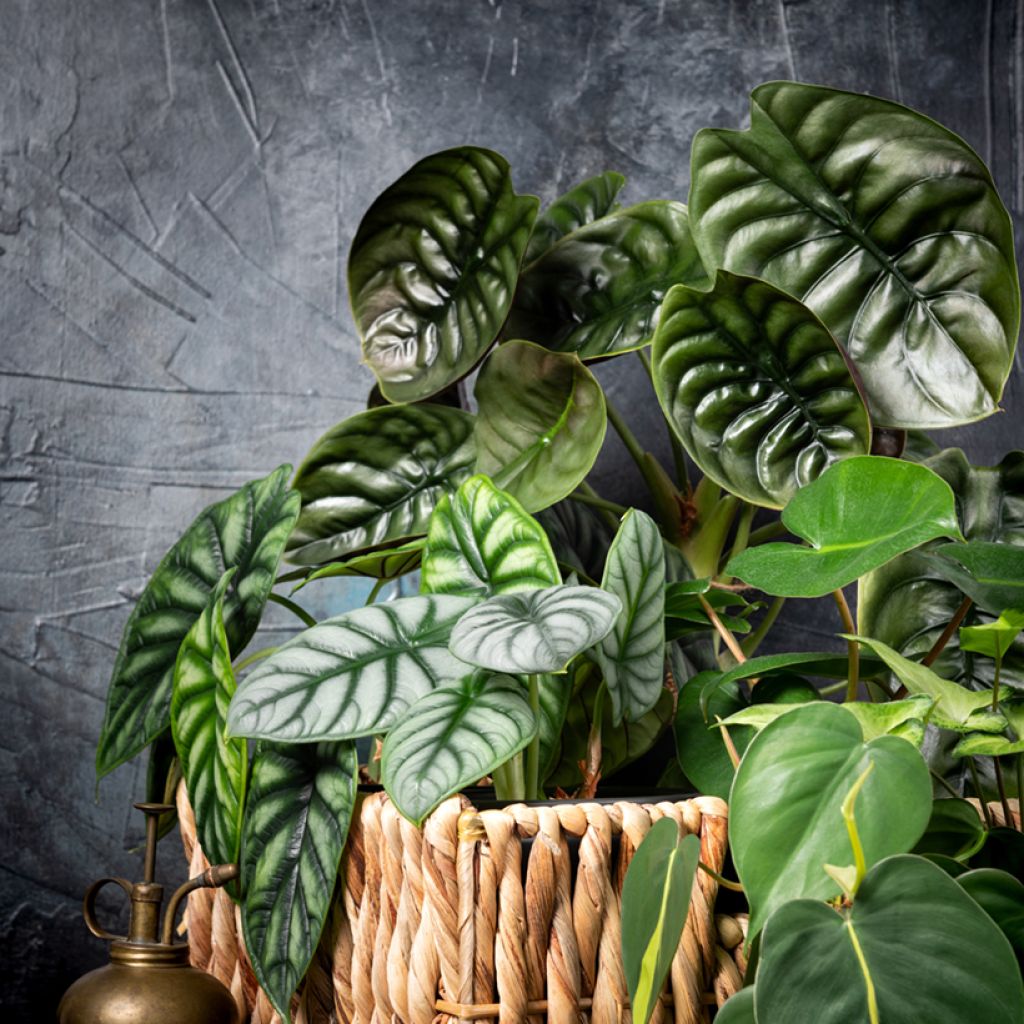

Alocasia Silver Dragon - Elephant ear
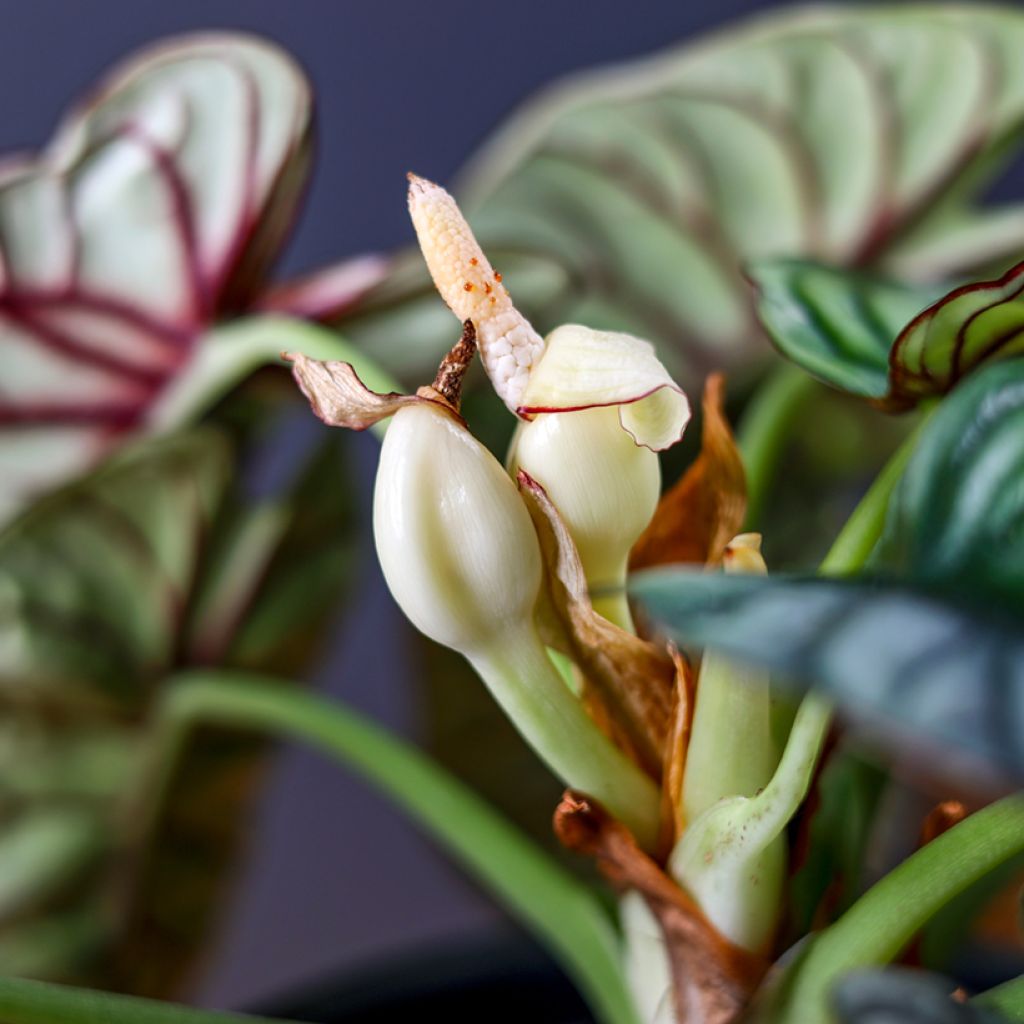

Alocasia Silver Dragon - Elephant ear
Alocasia Silver Dragon - Elephant ear
Alocasia baginda Silver Dragon
Giant taro, Elephant's ears plant
Rather weak upon arrival, with only two not very vigorous leaves, not the size of the plant shown in the photo, so the price seems a bit too high—I hope it will grow. Otherwise, the six other green plants ordered are as expected and pretty. A small issue during shipping: one plant wasn't secured properly and had no soil left around the roots.
Lili, 20/06/2025
Special offer!
Receive a €20 voucher for any order over €90 (excluding delivery costs, credit notes, and plastic-free options)!
1- Add your favorite plants to your cart.
2- Once you have reached €90, confirm your order (you can even choose the delivery date!).
3- As soon as your order is shipped, you will receive an email containing your voucher code, valid for 3 months (90 days).
Your voucher is unique and can only be used once, for any order with a minimum value of €20, excluding delivery costs.
Can be combined with other current offers, non-divisible and non-refundable.
Why not try an alternative variety in stock?
View all →This plant carries a 30 days recovery warranty
More information
We guarantee the quality of our plants for a full growing cycle, and will replace at our expense any plant that fails to recover under normal climatic and planting conditions.

Description
Alocasia 'Silver Dragon' (Alocasia baginda) or "Elephant's Ear" is a fascinating houseplant, prized for its large silvery leaves veined with dark green, reminiscent of the scales of a mythical dragon. This variety will bring an exotic yet sophisticated ambience to your home. It is a tropical plant with demanding needs, thriving in bright spots without direct sunlight and in warm, slightly humid environments. But its beauty is well worth the extra care it requires.
Alocasia 'Silver Dragon' belongs to the Araceae family. This variety is a cultivar of Alocasia baginda, a species native to the humid forests of Borneo in Southeast Asia, where it flourishes under rich, moist forest canopies in dappled light. Indoors, this 'Silver Dragon' variety shares the same requirements as its species: consistent warmth (18-25°C), high humidity, and well-draining soil. This Alocasia quickly deteriorates below 15°C. The 'Silver Dragon' cultivar has an upright, bushy, and compact habit. The plant can reach a height of 50 cm and a spread of 30 to 40 cm, dimensions well-suited to small spaces. Its leaves, arranged in a rosette, are thick and slightly waxy. They display an almost metallic silvery hue and are marked by deeply pronounced veins, ranging from dark green to nearly black, resembling dragon scales. The surface has a slightly bumpy texture. The plant grows at a moderate pace, producing new leaves every two to three months under optimal conditions. Although primarily grown for its foliage, Alocasia may occasionally produce small white or greenish spike flowers (spathes), though these are rare and not particularly decorative indoors. Its foliage and rootstock are toxic if ingested by humans and pets.
Alocasia 'Silver Dragon' is stunning in a modern, stylish interior. This plant can proudly take centre stage on a shelf or in a bright corner of your living room, provided the air isn't too dry. A small spot in a conservatory could also be reserved for it, as long as it's lightly heated in winter. Place it in a textured ceramic pot or a golden metallic planter. It pairs beautifully with plants like Philodendron 'Birkin' or Calathea orbifolia, which share similar needs for humidity and gentle light.
Report an error about the product description
Alocasia Silver Dragon - Elephant ear in pictures






Foliage
Plant habit
Flowering
Botanical data
Alocasia
baginda
Silver Dragon
Araceae
Giant taro, Elephant's ears plant
Cultivar or hybrid
Safety measures
atteintescutaneomuqueuses
Cette plante peut provoquer l'apparition de réactions cutanées indésirables, une atteinte des yeux, ou des difficultés respiratoires si elle est ingérée.
Ne la plantez pas là où de jeunes enfants peuvent évoluer. Evitez tout contact avec la peau: privilégiez l'emploi de gants pour la manipuler. En cas de contact, lavez-vous soigneusement les mains et rincez abondamment à l'eau la zone concernée. Lavez les vêtements entrés en contact. En cas de réaction cutanée, contactez votre médecin ou le centre antipoison le plus proche de chez vous. En cas d'atteinte étendue ou de difficultés respiratoires, appelez immédiatement le 15 ou le 112.Pensez à conserver l'étiquette de la plante, à la photographier ou à noter son nom, afin de faciliter le travail des professionnels de santé.
Davantage d'informations sur https://plantes-risque.info
Other Alocasia
View all →Location
Location
Maintenance and care
Watering tips
Potting advice, substrates and fertilisers
Houseplant care
Disease and pest advice
Maintenance and care
Planting & care advice
-
, onOrder confirmed
Reply from on Promesse de fleurs
Haven't found what you were looking for?
Hardiness is the lowest winter temperature a plant can endure without suffering serious damage or even dying. However, hardiness is affected by location (a sheltered area, such as a patio), protection (winter cover) and soil type (hardiness is improved by well-drained soil).

Photo Sharing Terms & Conditions
In order to encourage gardeners to interact and share their experiences, Promesse de fleurs offers various media enabling content to be uploaded onto its Site - in particular via the ‘Photo sharing’ module.
The User agrees to refrain from:
- Posting any content that is illegal, prejudicial, insulting, racist, inciteful to hatred, revisionist, contrary to public decency, that infringes on privacy or on the privacy rights of third parties, in particular the publicity rights of persons and goods, intellectual property rights, or the right to privacy.
- Submitting content on behalf of a third party;
- Impersonate the identity of a third party and/or publish any personal information about a third party;
In general, the User undertakes to refrain from any unethical behaviour.
All Content (in particular text, comments, files, images, photos, videos, creative works, etc.), which may be subject to property or intellectual property rights, image or other private rights, shall remain the property of the User, subject to the limited rights granted by the terms of the licence granted by Promesse de fleurs as stated below. Users are at liberty to publish or not to publish such Content on the Site, notably via the ‘Photo Sharing’ facility, and accept that this Content shall be made public and freely accessible, notably on the Internet.
Users further acknowledge, undertake to have ,and guarantee that they hold all necessary rights and permissions to publish such material on the Site, in particular with regard to the legislation in force pertaining to any privacy, property, intellectual property, image, or contractual rights, or rights of any other nature. By publishing such Content on the Site, Users acknowledge accepting full liability as publishers of the Content within the meaning of the law, and grant Promesse de fleurs, free of charge, an inclusive, worldwide licence for the said Content for the entire duration of its publication, including all reproduction, representation, up/downloading, displaying, performing, transmission, and storage rights.
Users also grant permission for their name to be linked to the Content and accept that this link may not always be made available.
By engaging in posting material, Users consent to their Content becoming automatically accessible on the Internet, in particular on other sites and/or blogs and/or web pages of the Promesse de fleurs site, including in particular social pages and the Promesse de fleurs catalogue.
Users may secure the removal of entrusted content free of charge by issuing a simple request via our contact form.
The flowering period indicated on our website applies to countries and regions located in USDA zone 8 (France, the United Kingdom, Ireland, the Netherlands, etc.)
It will vary according to where you live:
- In zones 9 to 10 (Italy, Spain, Greece, etc.), flowering will occur about 2 to 4 weeks earlier.
- In zones 6 to 7 (Germany, Poland, Slovenia, and lower mountainous regions), flowering will be delayed by 2 to 3 weeks.
- In zone 5 (Central Europe, Scandinavia), blooming will be delayed by 3 to 5 weeks.
In temperate climates, pruning of spring-flowering shrubs (forsythia, spireas, etc.) should be done just after flowering.
Pruning of summer-flowering shrubs (Indian Lilac, Perovskia, etc.) can be done in winter or spring.
In cold regions as well as with frost-sensitive plants, avoid pruning too early when severe frosts may still occur.
The planting period indicated on our website applies to countries and regions located in USDA zone 8 (France, United Kingdom, Ireland, Netherlands).
It will vary according to where you live:
- In Mediterranean zones (Marseille, Madrid, Milan, etc.), autumn and winter are the best planting periods.
- In continental zones (Strasbourg, Munich, Vienna, etc.), delay planting by 2 to 3 weeks in spring and bring it forward by 2 to 4 weeks in autumn.
- In mountainous regions (the Alps, Pyrenees, Carpathians, etc.), it is best to plant in late spring (May-June) or late summer (August-September).
The harvesting period indicated on our website applies to countries and regions in USDA zone 8 (France, England, Ireland, the Netherlands).
In colder areas (Scandinavia, Poland, Austria...) fruit and vegetable harvests are likely to be delayed by 3-4 weeks.
In warmer areas (Italy, Spain, Greece, etc.), harvesting will probably take place earlier, depending on weather conditions.
The sowing periods indicated on our website apply to countries and regions within USDA Zone 8 (France, UK, Ireland, Netherlands).
In colder areas (Scandinavia, Poland, Austria...), delay any outdoor sowing by 3-4 weeks, or sow under glass.
In warmer climes (Italy, Spain, Greece, etc.), bring outdoor sowing forward by a few weeks.































